Government Incentives and Policies
Government incentives and supportive policies play a pivotal role in driving the Wind Turbine Gearbox Market. Many countries have implemented favorable regulations and financial incentives to promote the adoption of wind energy. For instance, tax credits, grants, and subsidies for renewable energy projects encourage investments in wind turbine technology. This regulatory support not only enhances the economic viability of wind projects but also stimulates demand for advanced gearboxes that improve turbine efficiency. As a result, the Wind Turbine Gearbox Market is likely to experience growth as more projects are initiated under these favorable conditions.
Increasing Demand for Renewable Energy
The rising demand for renewable energy sources is a primary driver for the Wind Turbine Gearbox Market. As nations strive to reduce carbon emissions and combat climate change, investments in wind energy have surged. According to recent data, the wind energy sector is projected to grow at a compound annual growth rate of approximately 8% over the next decade. This growth necessitates the development and deployment of efficient wind turbine gearboxes, which are crucial for converting wind energy into electrical power. The Wind Turbine Gearbox Market is thus positioned to benefit from this increasing demand, as more wind farms are established to meet energy needs sustainably.
Technological Innovations in Gearbox Design
Technological innovations in gearbox design are significantly influencing the Wind Turbine Gearbox Market. Advances in materials science and engineering have led to the development of lighter, more durable gearboxes that enhance the overall efficiency of wind turbines. Innovations such as direct drive systems and hybrid gearboxes are gaining traction, potentially reducing maintenance costs and increasing reliability. The market for wind turbine gearboxes is expected to expand as manufacturers adopt these cutting-edge technologies, which not only improve performance but also align with the industry's shift towards more sustainable practices.
Growing Investment in Offshore Wind Projects
The growing investment in offshore wind projects is a crucial driver for the Wind Turbine Gearbox Market. Offshore wind farms are becoming increasingly popular due to their higher energy generation potential compared to onshore installations. As countries invest in expanding their offshore wind capabilities, the demand for specialized gearboxes designed for harsh marine environments is likely to rise. This trend is supported by projections indicating that offshore wind capacity could reach over 200 GW by 2030. Consequently, the Wind Turbine Gearbox Market stands to benefit from this surge in offshore developments.
Rising Energy Costs and Energy Security Concerns
Rising energy costs and concerns over energy security are propelling the Wind Turbine Gearbox Market forward. As traditional energy sources become more volatile and expensive, there is a growing impetus to invest in renewable energy solutions like wind power. This shift is driven by the need for stable and affordable energy sources. The Wind Turbine Gearbox Market is likely to see increased demand as more stakeholders recognize the long-term cost benefits of wind energy. Furthermore, the emphasis on energy independence is encouraging investments in domestic wind energy projects, further stimulating market growth.
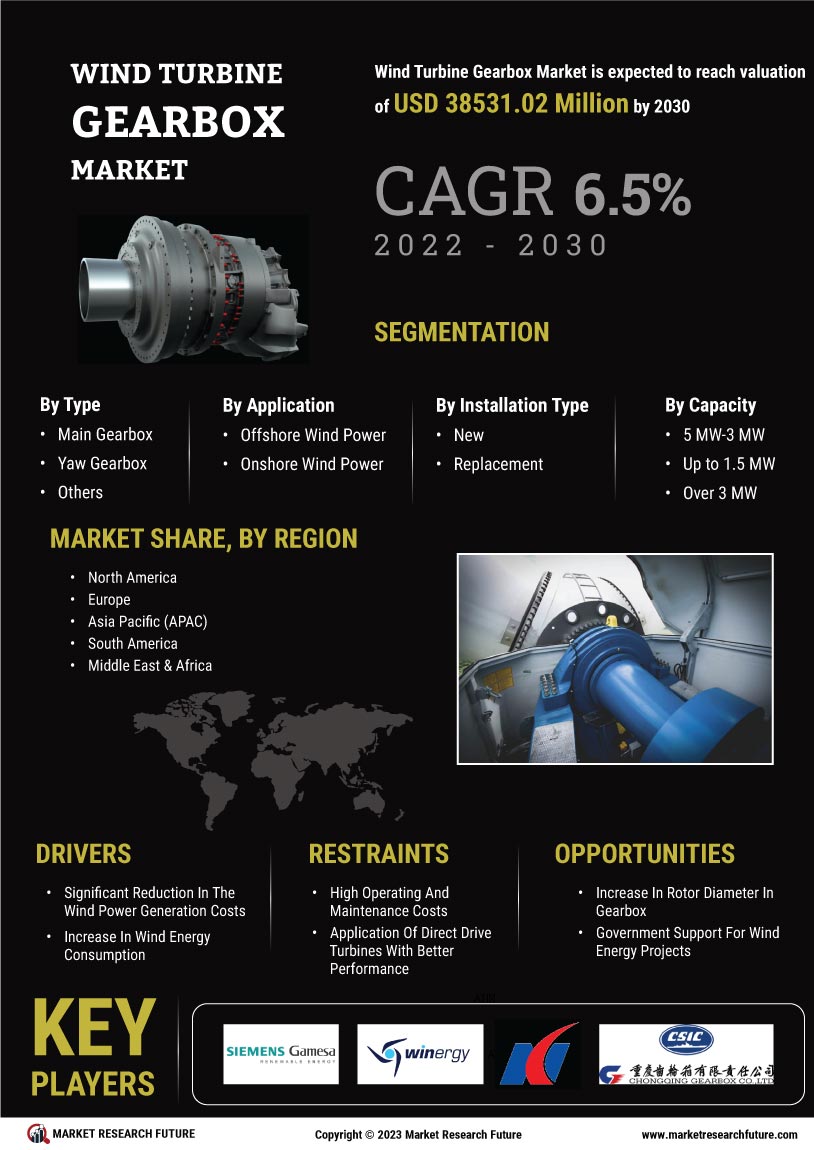


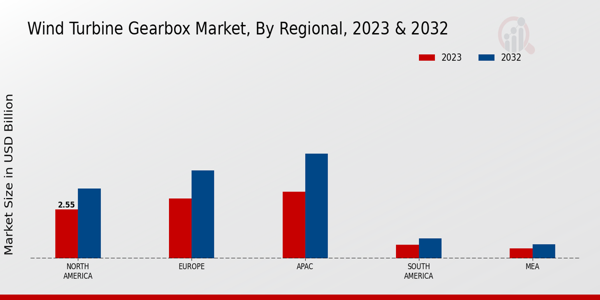
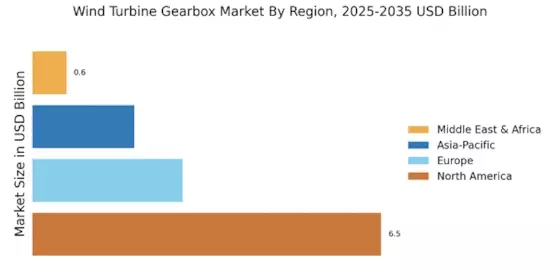
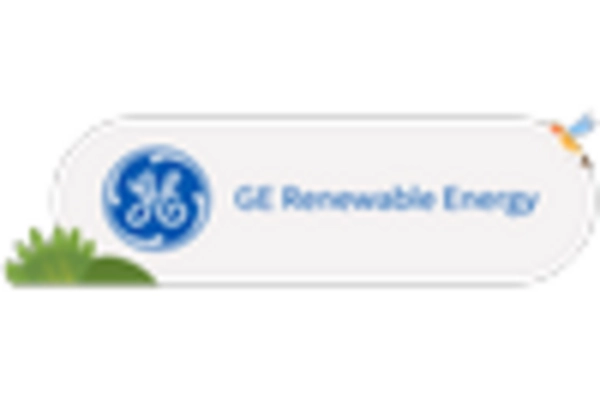

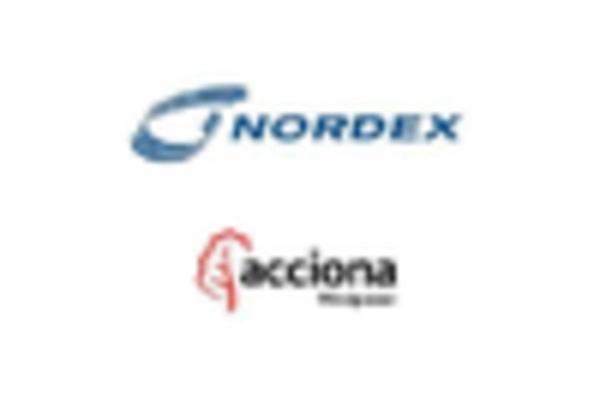


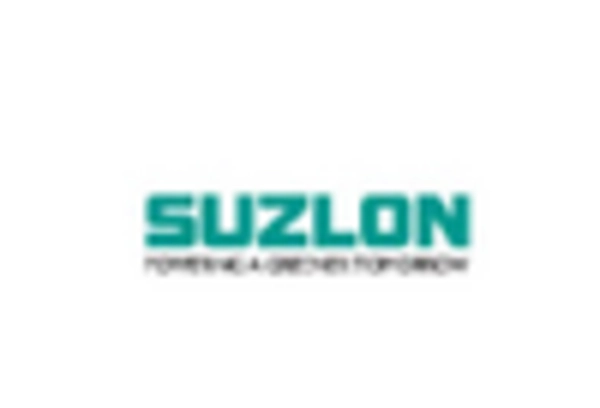








Leave a Comment